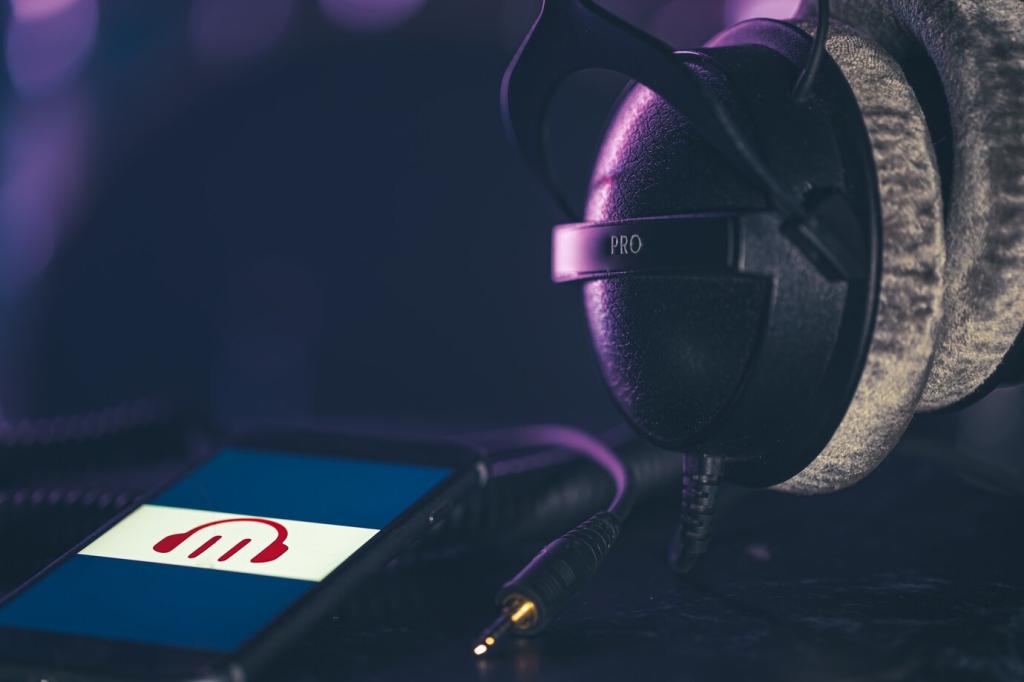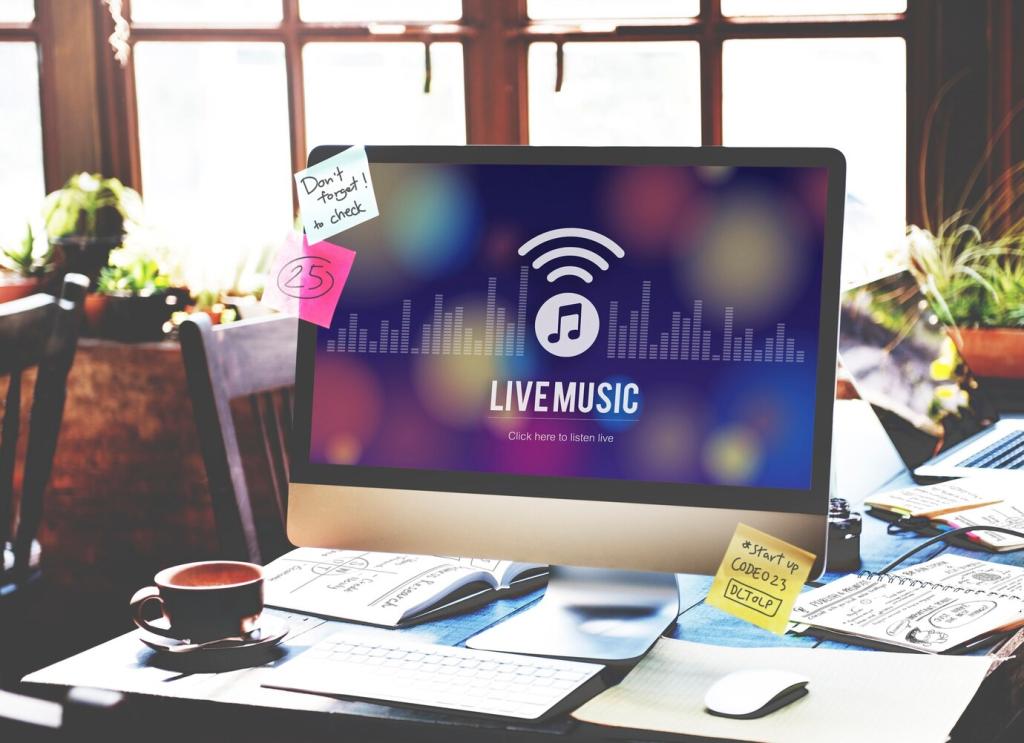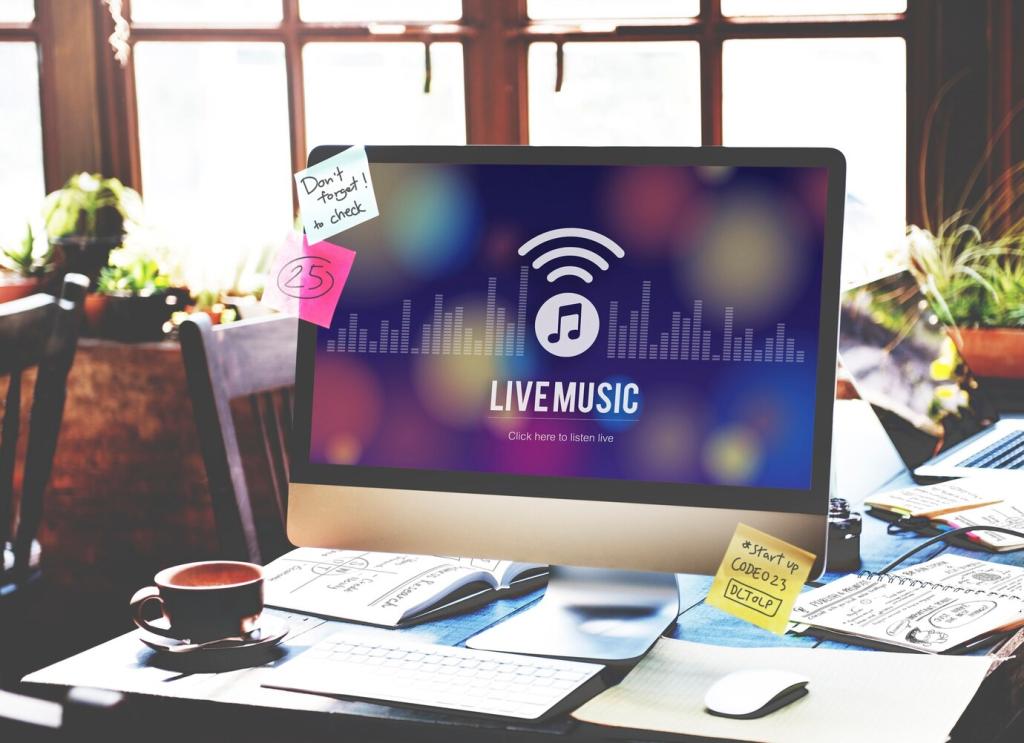The Role of Podcasts in Modern Journalism




From Pitch to Publish: Inside the Production Flow
Reporting, Outlines, and Script Drafts
Journalists gather documents, conduct pre-interviews, and plot narrative beats. A strong outline prevents wandering, while a script anticipates listener questions, balancing pace, clarity, and revelation so each minute adds value and tension.


Field Recording and Sound Design
Ambience matters. Shoe squeaks in a courthouse hallway, distant traffic at a vigil, keyboard taps in a newsroom—sound grounds facts in place. Thoughtful scoring underscores emotion without editorializing, keeping reporting foregrounded rather than dramatized.
Ethics and Accountability in Audio Journalism
Consent, Attribution, and Source Safety
Recordings should be gathered with informed consent and explained context. Sensitive sources require extra care: voice alteration, name changes, or location masking may be necessary to prevent retaliation or exposure to harm.
Editing Without Distortion
Tightening for clarity must never change meaning. Producers disclose reenactments, composite scenes, or translated quotes. If tape is rearranged, editors preserve intent and chronology or clearly inform listeners of narrative adjustments.
Corrections On-Air and In Feeds
When a mistake occurs, correct it in the audio, show notes, and metadata. Pin updates, explain what changed, and link sources. Consistent accountability builds long-term trust with attentive, discerning audiences.
Audience Growth: Discovery, Community, and Feedback
Clear titles, strong cover art, and descriptive show notes improve search and click-through. Chapters, transcripts, and keyword-rich summaries help listeners find episodes through apps, social platforms, and general search engines.
Short video audiograms, threaded context on social platforms, and live sessions with reporters invite dialogue. Encourage questions, credit listener tips, and close the loop on stories to transform audiences into collaborators.
Promote episodes in newsletters with behind-the-scenes reporting notes. Swap promo reads with complementary shows. Surface back-catalog episodes when news breaks, inviting new listeners to binge relevant, evergreen context.
Making It Pay: Business Models for News Podcasts
Transparent, clearly separated ad reads maintain credibility. Vet sponsors for alignment with newsroom standards, cap frequency, and disclose relationships. Listeners reward honesty and relevance with higher tolerance and ongoing loyalty.

Inclusion and Access: Serving Every Listener
High-quality transcripts support hearing-impaired audiences, searchability, and note-taking. Translation expands reach across languages, while glossaries in show notes help non-experts follow technical or policy-heavy episodes.



Anecdotes from the Beat: When Audio Changes Outcomes
A small-city reporter launched a weekly podcast decoding budgets and zoning. After an episode traced a procurement loophole, residents flooded a council meeting, prompting reforms and a new public dashboard for contracts.
Anecdotes from the Beat: When Audio Changes Outcomes
A teacher assigned one ten-minute news podcast per day. Students reported higher confidence in civic discussions, and parents began listening too, turning breakfast into a micro seminar on media responsibility and verification.
Transcription, translation, and draft editing get faster with responsible AI. Personalization could reorder segments by listener preference, while strict editorial oversight protects standards, original reporting, and human editorial judgment.
